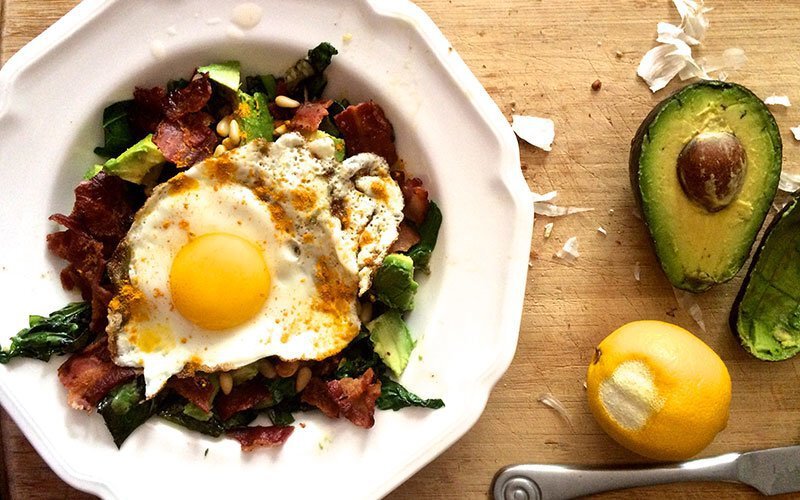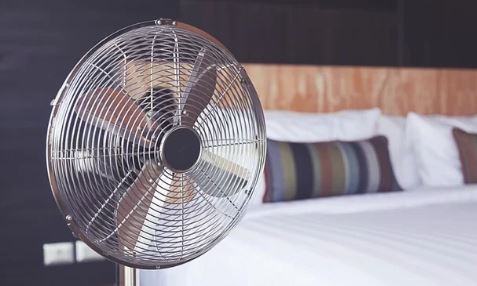Discover The Health Benefits Of Good Fats
When we think of fat, we imagine a burger with fries covered with cheese and oil… But there are also healthy fats! Fat is a macronutrient along with protein and carbohydrates.
Trans fats and saturated fats are the ‘bad fats’, and unsaturated fats (Polyunsaturated, monounsaturated, ext..) are the ‘good fats’.
Some unsaturated fats are essential, which means our body can’t make them on it’s own, so we need to consume them to stay healthy.
You need fats for many important body functions like temperature regulation, the health of your skin, hair and nails, energy for the body… the list goes on. Most of the food we consume contains fat.
There are many health benefits of eating more good fats. In this article, we will explain the differences between the good and the bad fats:
Bad fats
- Saturated fatsNot all of the saturated fats are equally nasty. But these are the foods you should avoid when possible:
- Butter
- High-fat Cheese
- High-fat meats (lamb, beef, pork)
- Trans fatsThese fats are mainly presents in fried foods and packaged baked products, such as:
- Baked goods
- Fried food
- Creamer and Margarine
Good fats
- Monounsaturated fatsMonounsaturated fats must be used as much as possible to replace the bad fats. You can find monounsaturated fats in foods like:
- Olive oil
- Peanut butter
- Avocados
- Polyunsaturated fatsThey benefit your heart health. Like monounsaturated fats, they are also a great replacement for saturated fats and trans fats:
- Corn oil
- Walnuts
- Fatty fish (tuna, salmon, sardines …)
Share it

Reduce Bad Fats In Your Diet
In order to achieve your fitness goals and obtain a better health, you must reduce your consumption of trans fats and saturated fats. To accomplish this task, you will have to check the food labels so you can eliminate bad fats from your diet.
The goal here is not to cut all the fats, but replace the bad fats with ** monounsaturated fats and polyunsaturated fats**.
- Bad fats
- Butter
- Eggs (good and bad fats)
- Whole milk
- Cheese
- Good fats alternative
- Olive oil
- Egg whites
- Skimmed milk
- Low-fat cheese
Add More Good Fats In Your Diet
You’ve learned a lot about how to avoid eating bad fats. Now let’s discover some tips that will help you become healthier:
- Go nuts: Add nuts and seeds in your diet. They contain good fat and they are often rich in protein and fiber.
- Cook with olive oil: Replace your butter and your sunflower oil by olive oil. Use olive oil for stovetop cooking at medium heat and for dressing. Use canola oil if you’re cooking at high heat.
- Consume more avocados: Everybody loves avocados ! They are tasty and fill your stomach quickly, consume them in: salads, sandwiches or in an amazing home-made burritos.
Don’t Forget The Omega-3 Fatty Acids
Omega-3 fatty acids are types of unsaturated fatty acids:
- Eicosapentaenic acid (EPA) and docosahexanoic acid (DHA) are found in fish.
- Alpha-linolenic acid (ALA) is found in plants
The body can’t produce them, this is why they are called essential fatty acids.
Here are some Omega-3 benefits for your body:
- Lower blood pressure
- Reduce the risk of heart diseases
- Improve cholesterol levels
- Protect against memory loss and improve mental health
- Improve joint and bone health
The list of omega-3 benefits is long and we are constantly learning new advantages.
As we mentioned before, these omegas are essential, which means the body can’t produce them. It’s important to consume food that contains omega-3 and take fish oil supplements to meet these requirements.Share it

Impacts Of Fats On Cholesterol
Cholesterol is a substance your body needs to run properly. However, having too much of cholesterol can have a negative impact on your health.
There are two types of cholesterol:
- LDL cholesterol: is considered bad cholesterol. The goal is to keep the LDL levels low.
- HDL cholesterol: is the good cholesterol, which removes LDL from the bloodstream and reduces the risk of heart conditions and diseases.
Research has shown that your blood cholesterol levels are influenced by the types of fats you consume.
In Conclusion
Now that you understand the differences between good fats and bad fats, let’s recap what’ve just learned:
- Fat is necessary for a healthy body
- Consume less trans fat and saturated fats (bad fats)
- Consume more monounsaturated fats and polyunsaturated fats (good fats)
- Eat food and take supplements rich in essential omega-3s
- To lower cholesterol you must eat healthier fats.
Healthy is the new happy !


